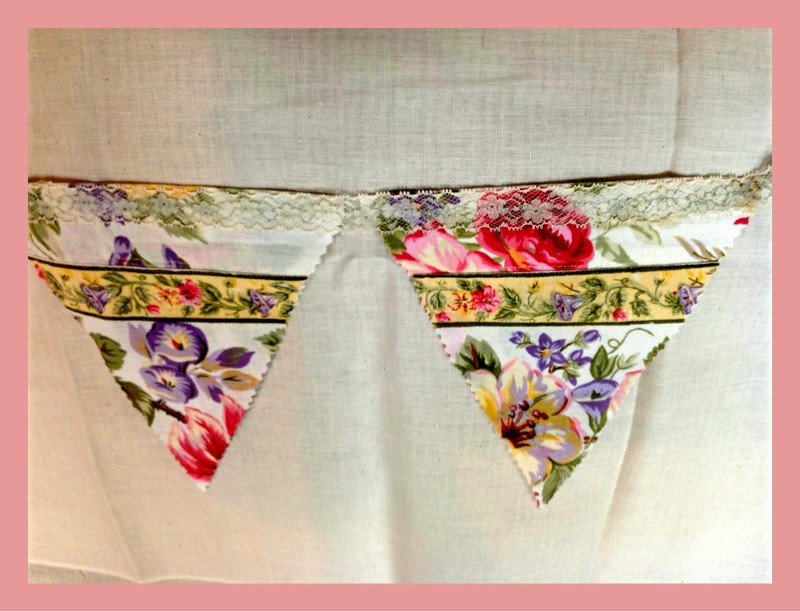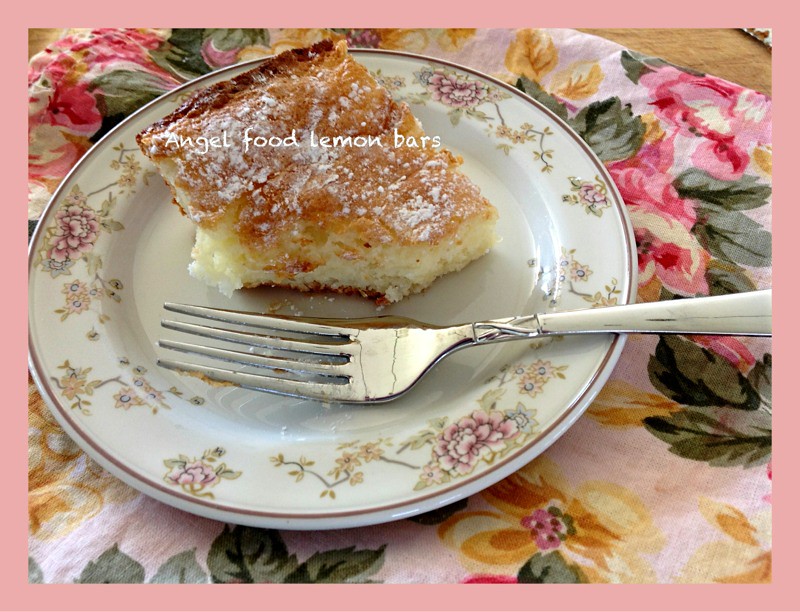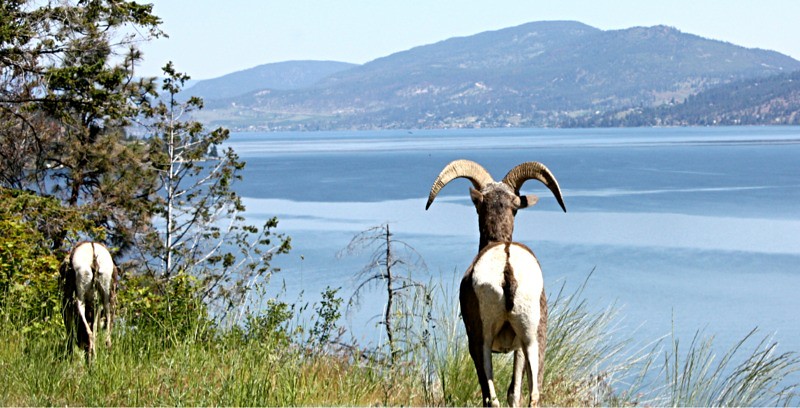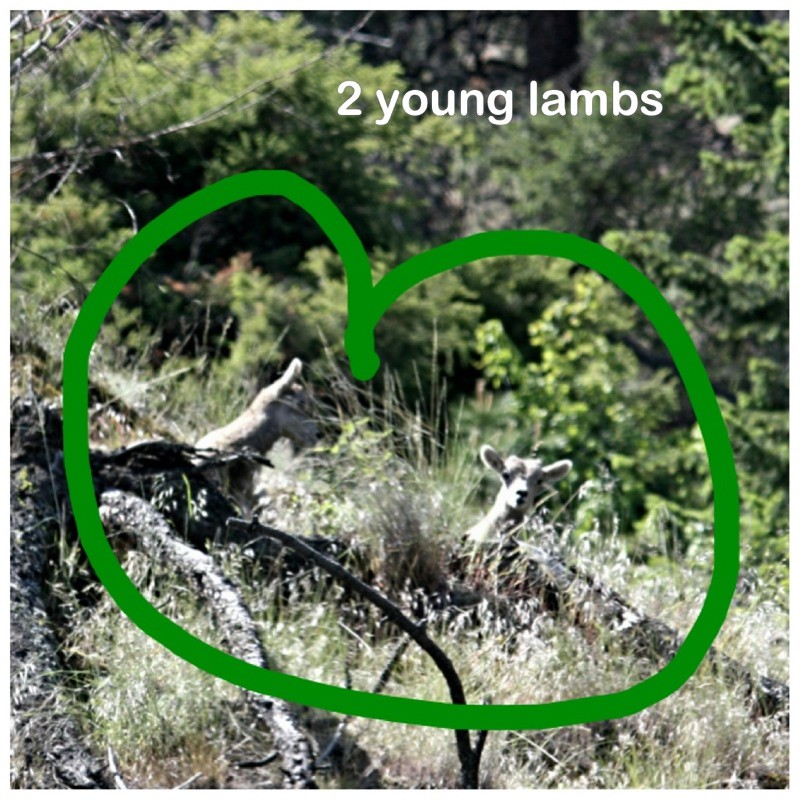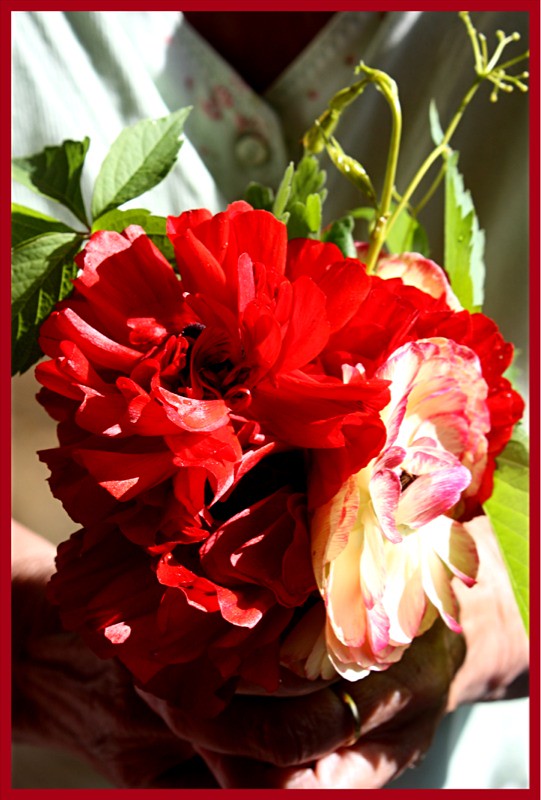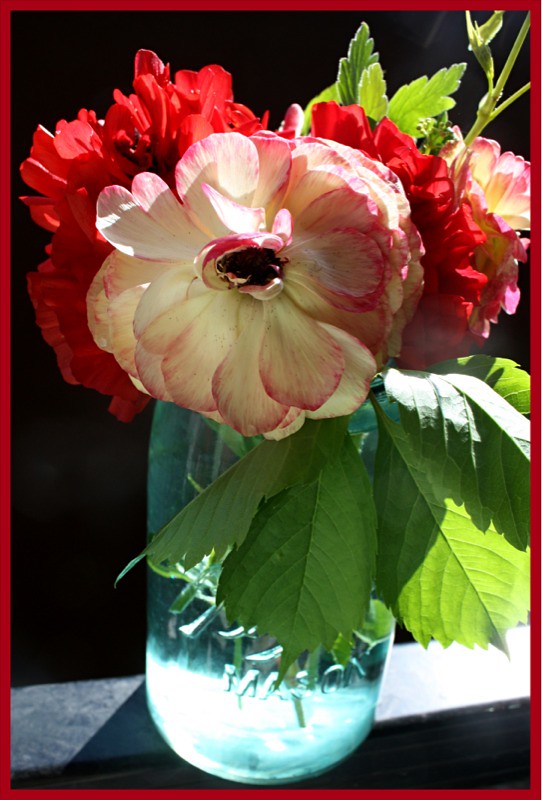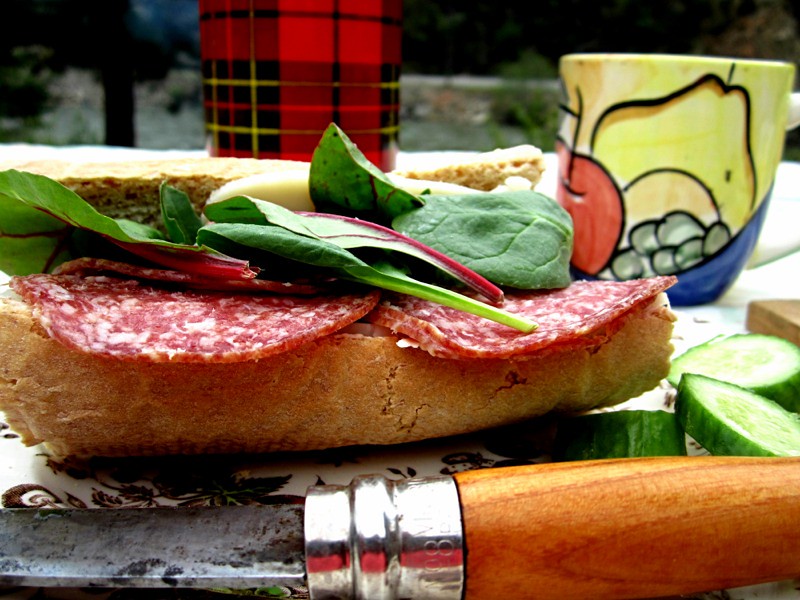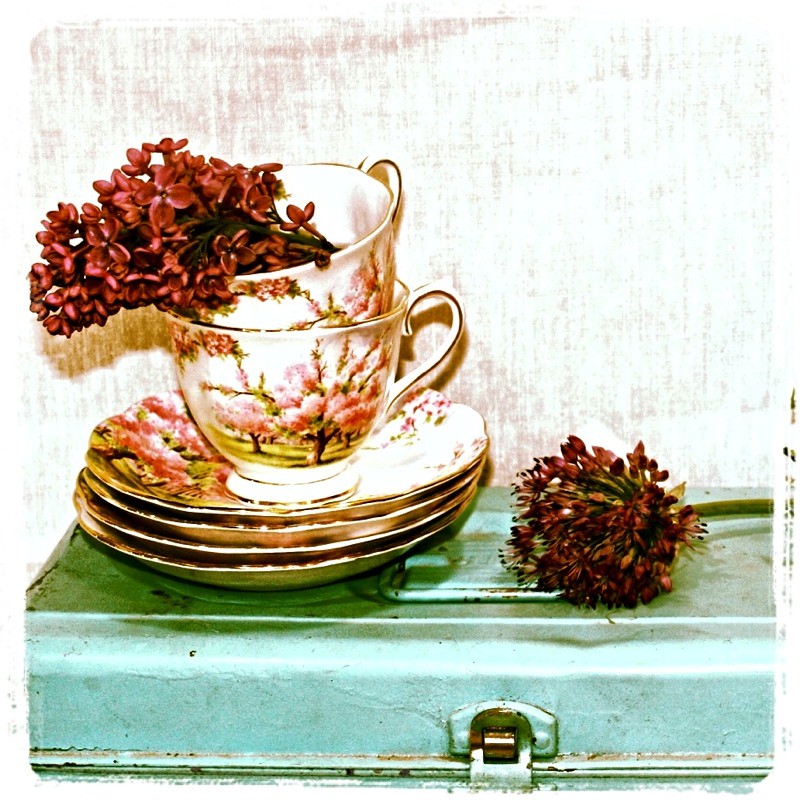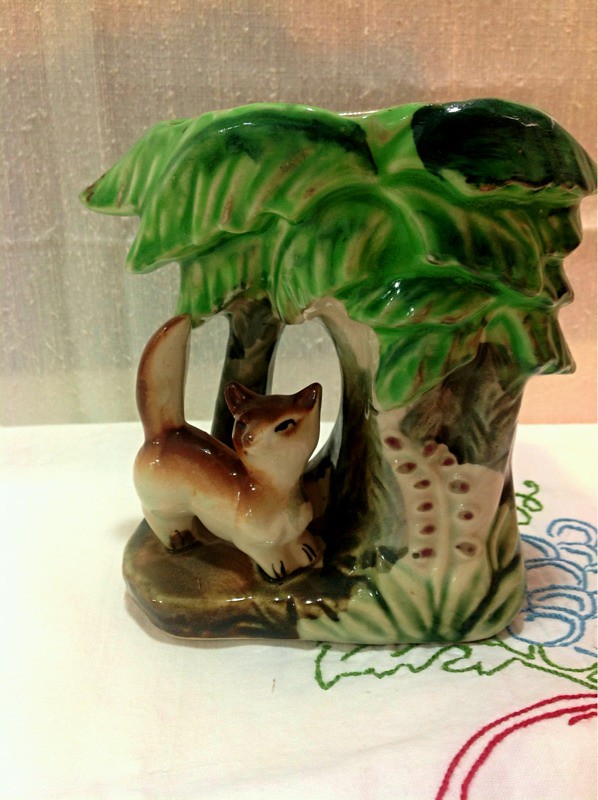Best known for its edible varieties—onions, garlic, chives, shallots and leeks—Allium also includes hundreds of ornamental species. Far too interesting to be left in the vegetable patch, various cultivars are in bloom May to July and, as spring bulbs, must be planted in fall. The tall-growing species, standing like sentries with big, round heads, provide wonderful contrast to other shapes usually found in perennial borders; dwarf species are well suited to rock gardens.
While some allium flowerheads are just a couple of centimetres wide, others can be ten times as large. These perennials range in height from 15 centimetres to more than a metre, with flower colours of white, yellow, blue, silvery pink and mauve. Their leaves (either round and hollow or flat and strap-like), although attractive when they first emerge, can become untidy later in the season. Plant them among other perennials or annuals such as roses, irises, poppies, anemones or petunias to help screen the leaves.
Alliums are long-lived and do not appeal to deer, squirrels, rabbits, mice or chipmunks. Flowers can be left on the stalk to dry or, if cut early, will last up to three weeks in water. The slightly garlicky smell they emit when cut disappears once put in water.
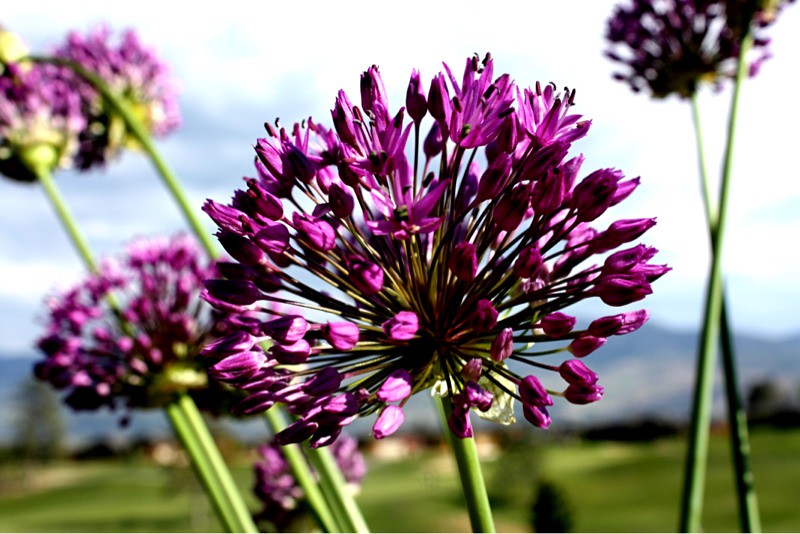
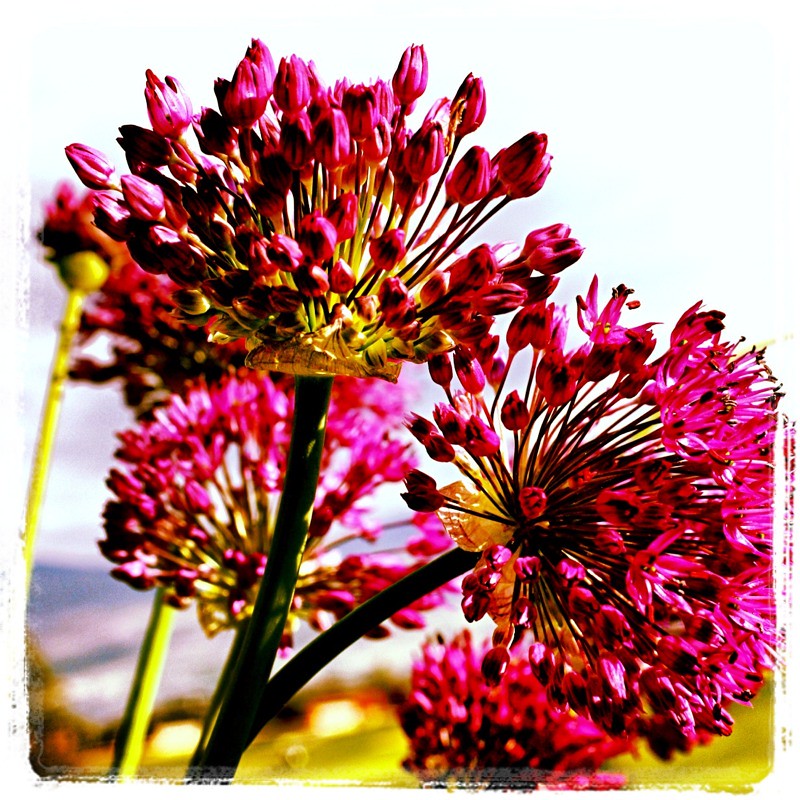
{instagram}


